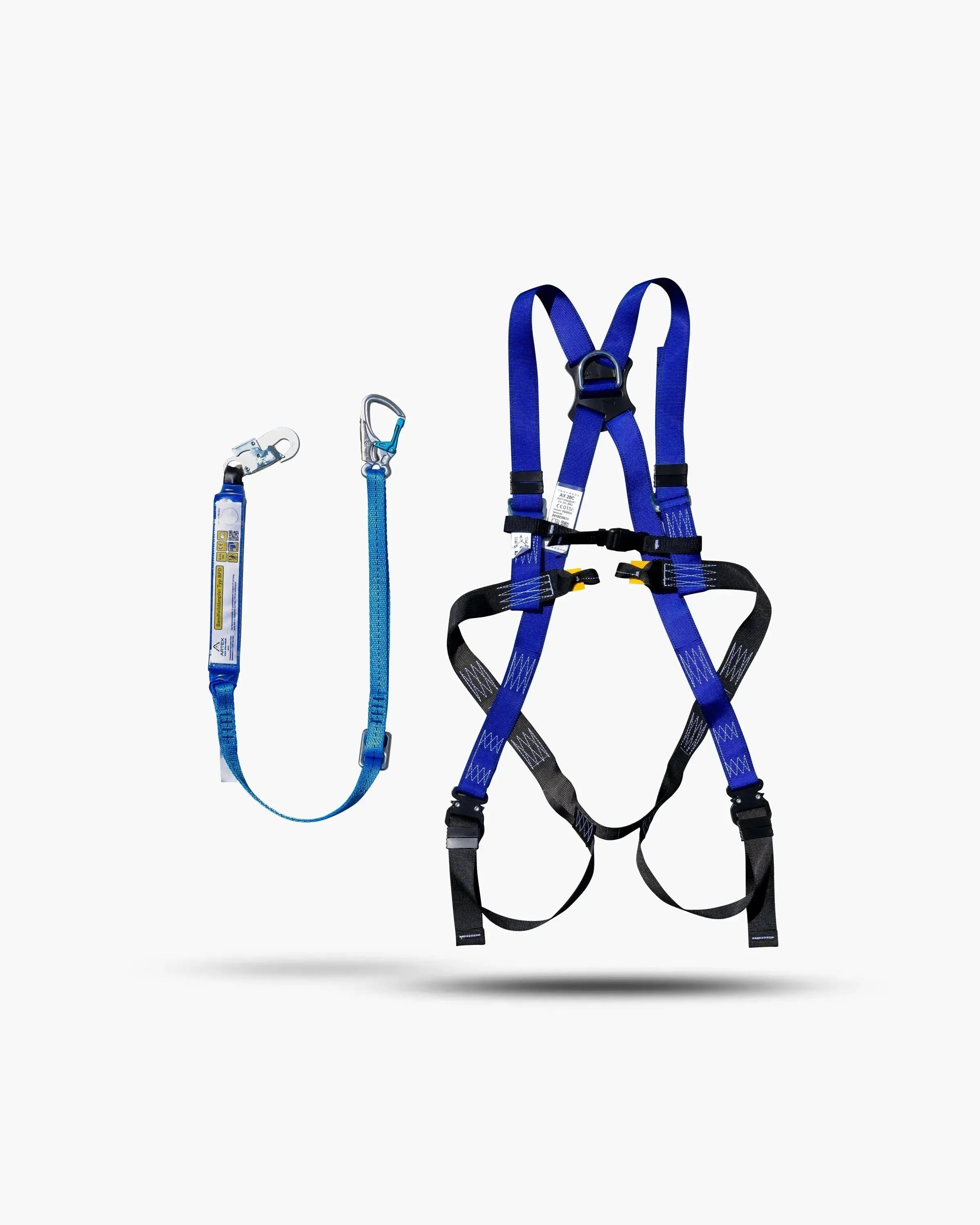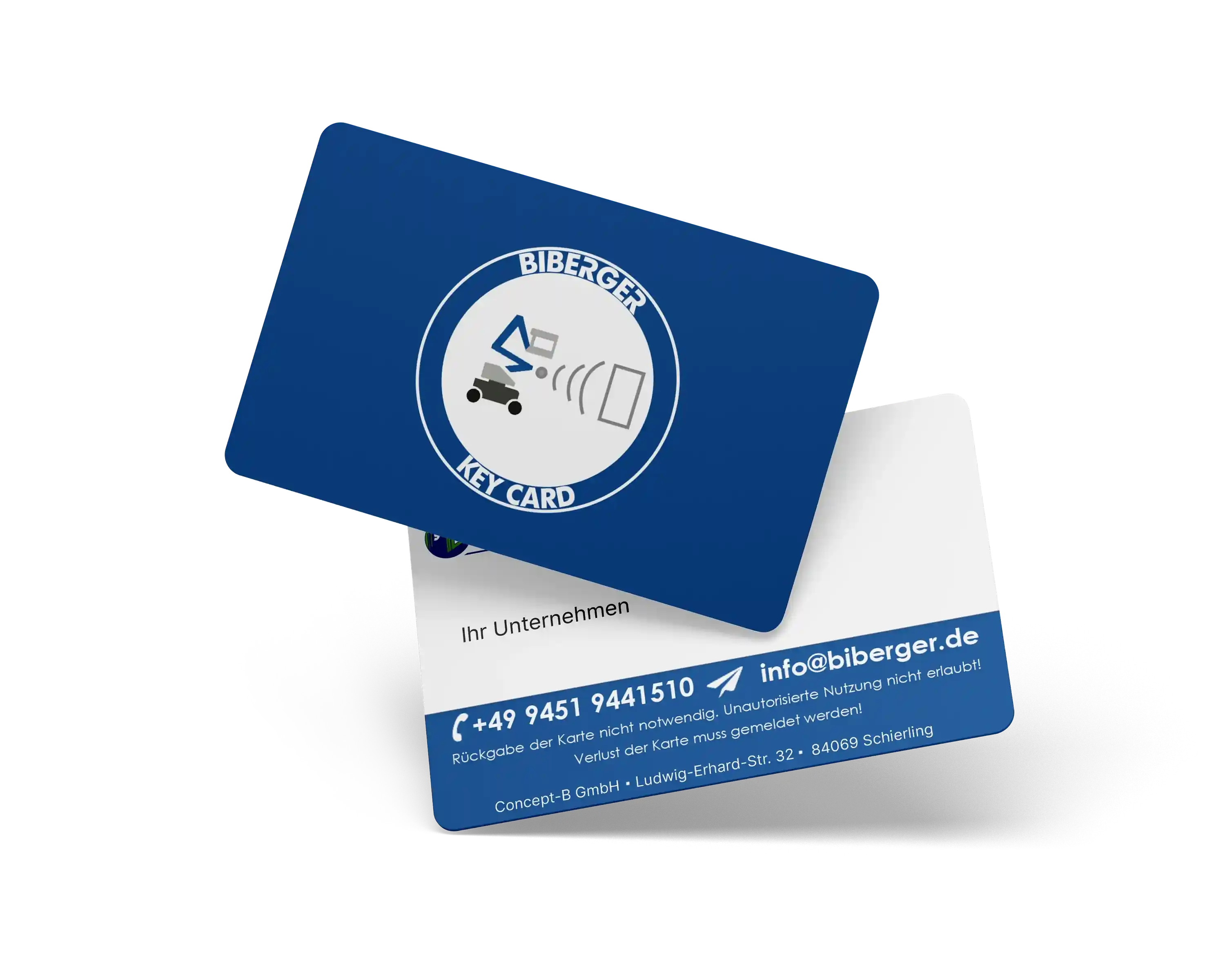Operating aerial work platforms requires a thorough understanding of the various controls required to operate the equipment safely and efficiently. Whether it is a scissor lift, articulated boom lift or telescopic boom lift, each platform has a specific control console that the operator must master in order to safely navigate the aerial access equipment.
In this guide, we'll cover the basic controls found on most aerial work platforms, as well as some advanced features available on more modern models. We'll also provide tips and tricks to help you quickly become familiar with these controls and feel confident.
Basics of Control: Similarities and Differences
The controls are the heart of any aerial work platform and allow the operator to operate the machine safely and efficiently. There are several different types of aerial work platforms and although each has its own specific control features, there are also some similarities in the way they are operated. Most aerial work platforms have a set of basic controls required to operate the machine. These include levers or joysticks for vertical and horizontal movement, buttons or switches for raising and lowering the platform, and emergency stop buttons for emergencies.
Different approaches to control
Depending on the type of aerial work platform - be it a scissor lift, an articulated boom lift or a boom lift - the specific controls and their layout can vary. For example, scissor lifts often have simpler controls as their movements are typically limited to up and down movements and driving. Truck-mounted, articulated boom and boom lifts, on the other hand, have more complex control systems that allow for greater freedom of movement.

Digital versus Analog Control
labeling and symbolism
The control panel: your command center at height

From lifting to swiveling to tilting: these are the controls you should know
engine control
Starting the engine is the first thing the operator must do to start a diesel or hybrid aerial work platform. Pressing a key switch or start button activates the engine, which in turn supplies power to the aerial work platform's hydraulic and electrical systems. Starting the engine is thus the first step in activating the aerial work platform and making the controls functional. Before starting the engine, the operator must ensure that the environment is safe and that all of the aerial work platform's systems are functioning properly. Some modern aerial work platform models are also equipped with start-stop systems that automatically shut off the engine when the aerial work platform is not in use and restart it when the operator operates the controls. This helps save fuel and reduce emissions while keeping the machine ready for use.
Raising and lowering
The main function of a work platform is to bring the operator and his tools to the desired height. Buttons or levers for raising and lowering are therefore central elements of the control panel.
Sway
Swiveling the work platform allows the operator to change the orientation of the work platform without changing the position of the base. A swivel lever or knob enables this lateral rotation.
Tend
The tilt function allows the platform to be tilted at a specific angle in order to work in hard-to-reach places. This special orientation of the platform is made possible by a tilt controller.
direction switch
The direction of rotation switch, often in conjunction with the joystick, allows the operator to change the direction of rotation of the work platform.
exit and retract
Especially with telescopic and articulated arm platforms, the arms can be extended and retracted to increase or decrease the reach. This is usually controlled by separate controls on the control panel.
support leg extension
Some boom lifts have extendable outriggers that provide additional stability. The controls for controlling the outriggers are also located on the control console.
emergency stop switch
The emergency stop switch is a critical safety mechanism that quickly stops the machine in the event of an emergency.
horn
The signal horn, also called a horn or horn, is used to alert other people on the construction site to the movement of the aerial work platform.
Additional control functions
Depending on the model and manufacturer, additional control functions such as cruise control or special safety locks may be available.
Color-coded arrows: your guide in the right direction
When working at height and making various movements, it is easy to lose your orientation. The colored direction arrows on the joystick and the arrows on the work platform ensure intuitive and safe control.
There is a different colored arrow on the joystick for each direction, for example yellow or blue. These colors correspond to the colored arrows on the work platform. The colored arrows on the aerial work platform clearly show the direction in which the aerial work platform will move if the joystick is pushed in the direction of the corresponding color. For example, the work platform will move in the direction of the yellow arrow on the platform if you move the joystick in the yellow direction. This color coordination helps you to maintain control and safely carry out the desired movement, even if you don't know which way the platform is facing.

Practical tips: How to quickly familiarize yourself with the controls of a work platform
Familiarizing yourself with the controls of an aerial work platform is an important step towards working safely and efficiently. Here are some practical tips to quickly familiarize yourself with the controls of an aerial work platform:
-
Study the work platform manual
Before you even get on the aerial work platform, you should take a look at the operating instructions. Here you will find important information about the functions of the individual controls and safety instructions. -
Be instructed by qualified personnel
Get instruction on how to operate the specific aerial work platform from an experienced person. This could be someone from your company or a service technician from the manufacturer. -
dry runs
Before you go up with the aerial work platform, you should perform all movements while standing still. Understand how to raise, lower, rotate and move the platform. -
simulation exercises
Use simulation software or VR applications, if available, to practice controlling the aerial work platform virtually before operating it in real life. -
Start small
Start with simple maneuvers and gradually increase the difficulty. This will help you develop a feel for the device without immediately finding yourself in difficult or dangerous situations. -
Understanding error messages
Familiarize yourself with the warning signals and error messages of the aerial work platform in order to be able to react correctly in the event of a malfunction. -
Regular exercise
Practice makes perfect. Take every opportunity to work with the aerial work platform to improve your skills. -
work through the checklist
Create a daily use checklist to help you check all the features before you start.
Always remember that safety comes first and no job is so urgent that it is not worth the time for proper instruction and preparation.
















Share:
From railings to emergency stops: safety devices on work platforms
Daily visual and functional inspection of work platforms